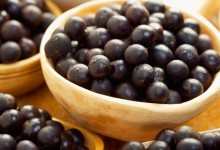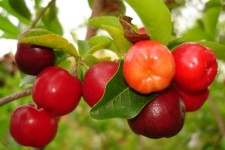Finding ways to increase our levels of glutathione had kept scientists stumped for years. Since delivering glutathione directly as an oral supplement has proven to be an ineffective way to introduce it you our bodies, it was necessary to explore a different route. In response to that challenge, came the decision to supplement glutathione using its essential building blocks, the three amino acids cysteine, glutamic acid and glycine. Two of these amino acids, namely glutamic acid and glycine are readily available through our diet, but absorbing the required levels of cysteine proved to be a challenge. Until recently, NAC ( N-acetyl Cysteine) provided the best chance of maintaining ideal glutathione levels, but the large steady doses needed were expensive and inconvenient.
RiboCeine changed that. Developed by the renowned medicinal chemist and research scientist , Herbert T. Nagasawa, Ph.D., tt’s a groundbreaking combination of Ribose and Cysteine. Both are naturally occuring nutrients, that when combined will effectively deliver Cysteine to your cells. RiboCeine is best described as a “demand release” nutrient that is activated by the cells themselves. After entering the bloodstream it is used by the body to produce glutathione and ATP (adenosine triphosphate). ATP is the cells natural source of energy. RiboCeine has outperformed every means of glutathione enhancement that it’s been tested against.
RiboCeine is a nutritional compound and has been the topic of twenty published, peer-reviewed scientific studies. (List of studies at the bottom of the page if you click here)

